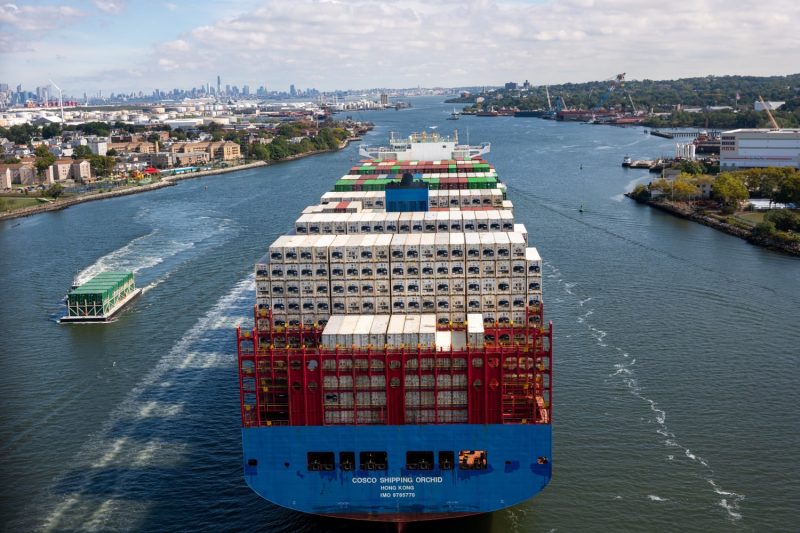The recent strike that took place at the East and Gulf Coast ports have sent shockwaves through the shipping industry, disrupting supply chains and causing delays in cargo shipments. Thousands of workers have taken to the picket lines, demanding better working conditions and higher wages. The strike has left many business owners and consumers anxious about the potential economic impact of the shutdown.
One of the primary concerns stemming from the strike is the significant backlog of cargo that has accumulated at the affected ports. With workers on strike, not only are new shipments not being processed, but existing cargo is also piling up, causing congestion and delays in the delivery of goods. This backlog is particularly worrisome for businesses that rely on just-in-time inventory management, as any delays in receiving shipments can lead to disruptions in production and losses in revenue.
The shutdown of the ports has also had a ripple effect on related industries, such as trucking and warehousing. Truckers who rely on the ports for cargo pickups have seen their operations come to a halt, leading to a loss of income and increased idle time. Warehouses that are responsible for storing and distributing goods from the ports are also experiencing difficulties, as the lack of incoming shipments is disrupting their normal operations.
Moreover, the strike has drawn attention to the longstanding grievances of port workers. Many workers have reported unsafe working conditions, long hours, and low wages. The strike serves as a platform for these workers to demand fair compensation and better treatment from their employers. The timing of the strike, during a time of global supply chain disruptions and rising inflation, highlights the urgency of addressing these issues to ensure the continued functioning of the ports and the well-being of the workers.
In response to the strike, negotiations between labor unions and port officials are underway to reach a resolution. Both parties are under pressure to find a mutually acceptable agreement that will allow the ports to resume operations smoothly while addressing the concerns of the workers. The outcome of these negotiations will have far-reaching implications for the shipping industry, as well as the broader economy.
As the strike continues to unfold, it is essential for businesses to closely monitor the situation and adapt their supply chain strategies accordingly. Contingency plans should be put in place to mitigate any disruptions caused by the shutdown of the ports. Collaborating with alternative suppliers and exploring different transportation routes can help minimize the impact of the strike on business operations.
In conclusion, the strike at the East and Gulf Coast ports has brought to light the challenges faced by port workers and the vulnerabilities of the supply chain system. The ongoing negotiations between labor unions and port officials will determine the outcome of the strike and shape the future of the shipping industry. As stakeholders navigate through these uncertain times, resilience, flexibility, and collaboration will be key in overcoming the challenges posed by the strike and ensuring the continuity of trade and commerce.




























